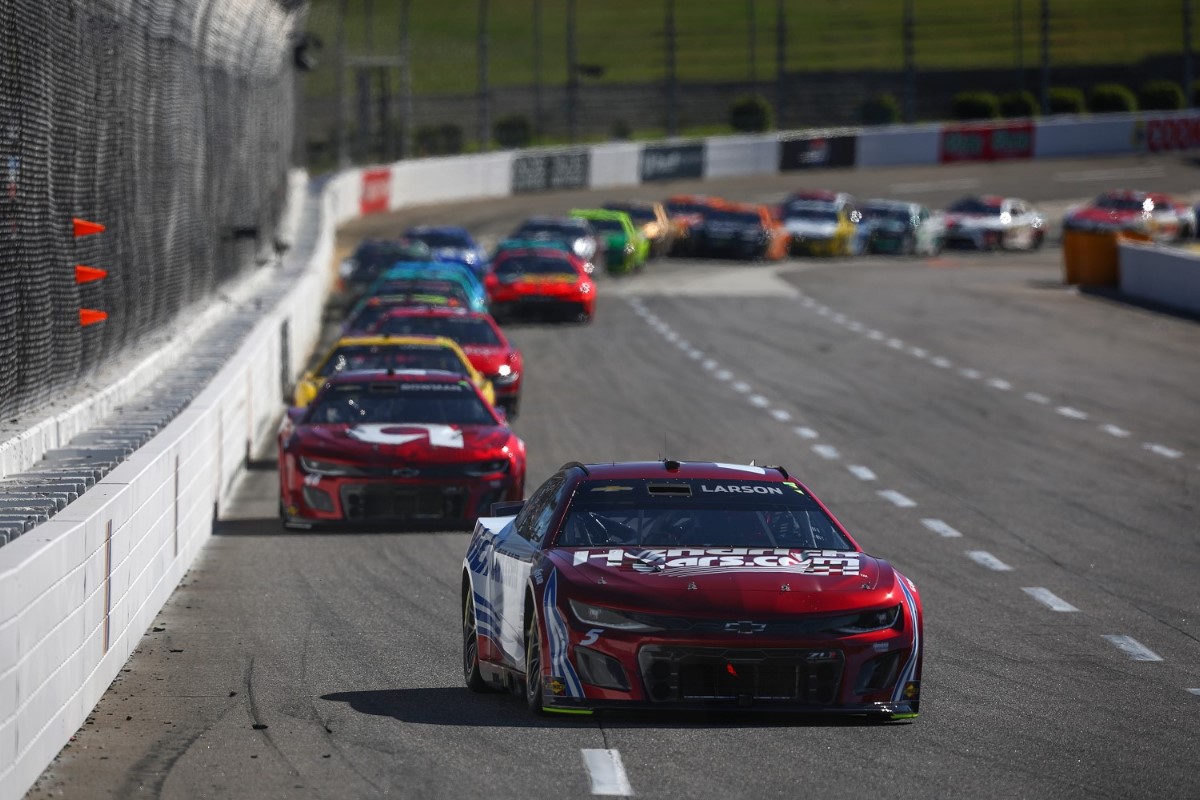NASCAR News: Next Gen Short Track Package to change
Before the start of the 2024 Cup Series season, NASCAR announced a series of changes for the Next Gen race car, including new short track and road course packages.
However, with several short track races in the books this year, the short track package hasn’t been much to write home about, and fans and drivers have certainly taken note. This has led the sanctioning body to consider changing things up to improve the racing product, according to a report from NASCAR.com.
The recent races at Bristol and Martinsville have reignited concerns over the Next Gen race car’s performance on short tracks. At Bristol, tire wear was a major factor – in fact, after nine cautions for 98 laps, only five drivers finished on the lead lap.
“The tires, and the way they wear, and the way the drivers had to manage that tire wear and the tire fall-off is really what we’re trying to achieve,” said Elton Sawyer, NASCAR senior vice president of competition. “When you can go out on any track, especially short tracks, and you can run it 10-tenths, and the equipment will take it and the tire will take it, then you’re taking all the skillset away from the driver. So we are, I promise you and I promise our fans, that we are working daily to continue to try to come up with a tire that will give us the short-track racing that we’re all looking for.”
Aerodynamics was a key focus in improving the short track package over the offseason, resulting in a rear bumper with fewer rear strakes, but tires are just as important. Additionally, Sawyer acknowledged that many fans and industry insiders have been calling for higher horsepower, but unfortunately, such a change wouldn’t be very simple, and it could prove cost prohibitive to any outside manufacturers interested in NASCAR competition.
“I think it’s been well-documented on the engine side of it of why that’s not a lever that we can pull instantly,” Sawyer said. “It’s just not, when you work through all the dynamics. And understand that’s, our fans and some sometimes even our folks within the industry will point to that, that’s just not a lever that is easily pulled, and we have the data right in front of us.”
